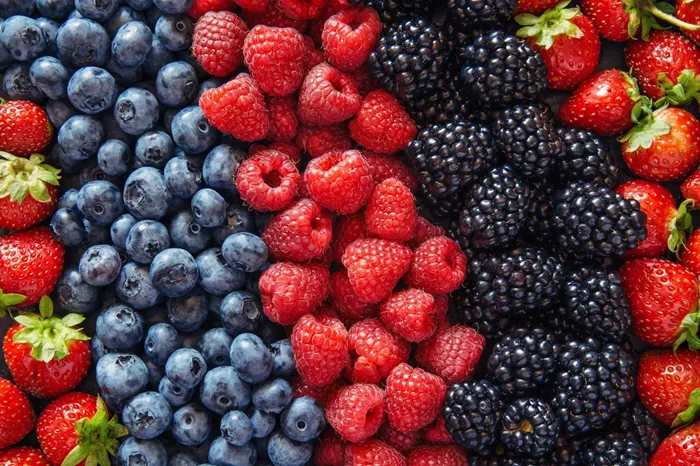A recent report from the Environmental Working Group (EWG) reveals that blackberries and potatoes have been added to the 2025 “Dirty Dozen” list, which highlights fruits and vegetables with the highest levels of pesticide residues. This annual list is based on government data analyzing pesticide contamination in conventionally grown produce.
The 2025 Dirty Dozen includes:
- Spinach (ranked highest for pesticide residue by weight)
- Strawberries
- Kale, collards, and mustard greens
- Grapes
- Peaches
- Cherries
- Nectarines
- Pears
- Apples
- Blackberries (new addition)
- Blueberries
- Potatoes (new addition)
According to the USDA data, 93% of blackberry samples contained pesticide residues, averaging four different pesticides per sample, including cypermethrin, a possible human carcinogen. Potatoes showed a 90% contamination rate with chlorpropham, a pesticide banned in the European Union due to health concerns.
Spinach topped the list for pesticide concentration and toxicity, followed by strawberries and kale varieties. The report found that 96% of samples from the Dirty Dozen contained detectable levels of 203 different pesticides.
The EWG also published a “Clean Fifteen” list of produce with the least pesticide residues. This year’s Clean Fifteen includes pineapple, sweet corn, avocados, papaya, onions, and others, with cauliflower and bananas newly added.
Health experts emphasize that eating a variety of fruits and vegetables is important for good health, regardless of whether they are organic or conventionally grown. Washing produce thoroughly, peeling when appropriate, and choosing organic for high-risk items can help reduce pesticide exposure.
The U.S. Department of Agriculture recommends adults eat about 2 cups of fruit and 2.5 cups of vegetables daily to support overall health.
Read more:
- 13 Common Bathing Mistakes That Can Harm Your Skin and Health
- Understanding Sunburn and Skin Reactions from Sun Exposure
- New Harvard Study Finds Daily Coffee Drinking Linked to Healthier Aging in Women


